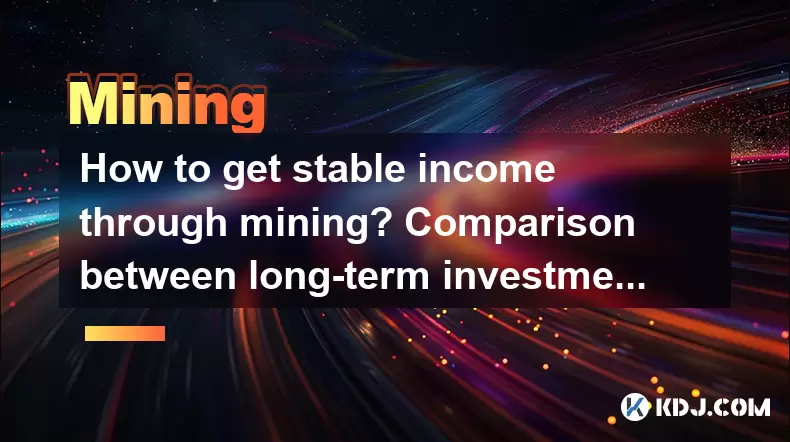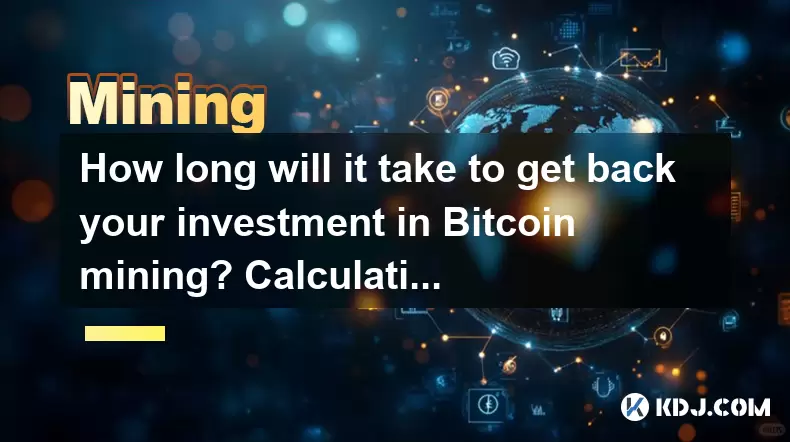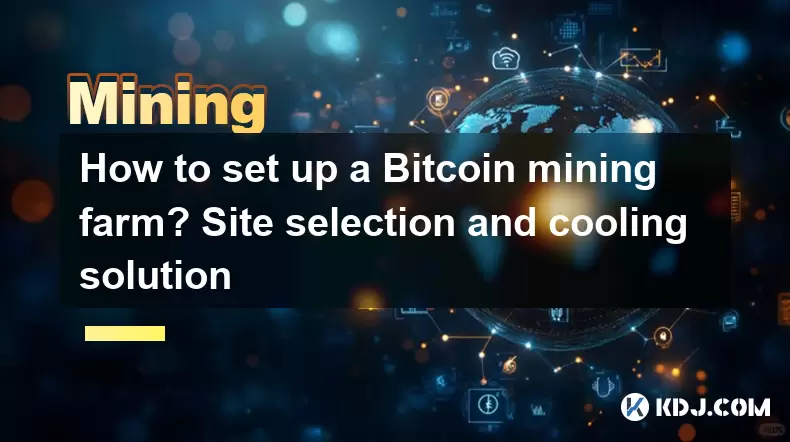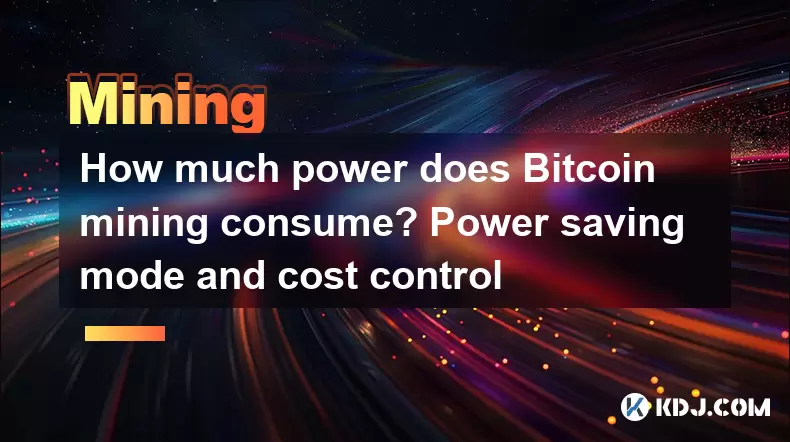-
 Bitcoin
Bitcoin $109,803.7282
3.82% -
 Ethereum
Ethereum $2,708.4102
8.12% -
 Tether USDt
Tether USDt $1.0003
0.01% -
 XRP
XRP $2.3083
2.57% -
 BNB
BNB $666.5381
2.24% -
 Solana
Solana $160.5511
5.52% -
 USDC
USDC $0.9998
-0.03% -
 Dogecoin
Dogecoin $0.1946
6.21% -
 TRON
TRON $0.2872
1.73% -
 Cardano
Cardano $0.7110
6.54% -
 Hyperliquid
Hyperliquid $38.8374
11.21% -
 Sui
Sui $3.4280
5.91% -
 Chainlink
Chainlink $14.5225
5.88% -
 Avalanche
Avalanche $22.0852
5.65% -
 Stellar
Stellar $0.2751
3.05% -
 Bitcoin Cash
Bitcoin Cash $425.9077
3.02% -
 UNUS SED LEO
UNUS SED LEO $9.1144
-1.90% -
 Toncoin
Toncoin $3.3162
3.95% -
 Shiba Inu
Shiba Inu $0.0...01308
4.77% -
 Hedera
Hedera $0.1780
4.56% -
 Litecoin
Litecoin $90.9159
4.14% -
 Polkadot
Polkadot $4.1801
4.09% -
 Monero
Monero $331.1373
0.49% -
 Ethena USDe
Ethena USDe $1.0007
-0.04% -
 Bitget Token
Bitget Token $4.7856
3.01% -
 Dai
Dai $0.9997
-0.02% -
 Pepe
Pepe $0.0...01263
9.02% -
 Pi
Pi $0.6356
0.70% -
 Aave
Aave $286.4531
13.66% -
 Uniswap
Uniswap $6.8923
9.26%
How to mine Bitcoin at low cost? Hardware configuration and electricity cost optimization plan
To mine Bitcoin cost-effectively, choose efficient ASIC miners like Antminer S19 and optimize electricity costs by using renewable energy and negotiating rates.
Jun 09, 2025 at 11:07 pm

Mining Bitcoin can be a lucrative venture, but it comes with significant costs, particularly in terms of hardware and electricity. This article will delve into how you can mine Bitcoin at a lower cost by focusing on the right hardware configuration and optimizing your electricity expenses.
Understanding Bitcoin Mining
Bitcoin mining is the process by which new bitcoins are entered into circulation. It involves solving complex mathematical problems to validate transactions on the Bitcoin network. Miners are rewarded with bitcoins for their efforts, but the profitability of mining depends heavily on the efficiency of the hardware used and the cost of electricity.
Choosing the Right Hardware
To mine Bitcoin at a low cost, selecting the appropriate hardware is crucial. The most efficient hardware for Bitcoin mining is the ASIC (Application-Specific Integrated Circuit) miner. These devices are specifically designed for mining cryptocurrencies and are far more efficient than CPUs or GPUs.
- Antminer S19: This is one of the most popular ASIC miners on the market. It offers a high hash rate of up to 110 TH/s and a power efficiency of 29.5 J/TH.
- WhatsMiner M30S: Another high-performance ASIC miner, it boasts a hash rate of 88 TH/s and a power efficiency of 34 J/TH.
When choosing an ASIC miner, consider the following factors:
- Hash rate: The higher the hash rate, the more calculations your miner can perform per second, increasing your chances of solving the mining puzzle and earning bitcoins.
- Power efficiency: Measured in joules per terahash (J/TH), a lower value indicates better energy efficiency, which is crucial for reducing electricity costs.
- Cost: While more efficient miners are generally more expensive, they can lead to higher net profits over time due to their superior performance and efficiency.
Optimizing Electricity Costs
Electricity costs can make or break the profitability of Bitcoin mining. Here are several strategies to optimize your electricity expenses:
- Choose a location with low electricity rates: Some regions offer significantly lower electricity rates than others. For instance, countries like Iceland and Iran have lower electricity costs, making them attractive for mining operations.
- Use renewable energy sources: If possible, consider using renewable energy sources like solar or wind power. These can significantly reduce your electricity bills and are more environmentally friendly.
- Negotiate with utility companies: Some utility companies offer special rates for large consumers. It’s worth negotiating to see if you can get a better deal on your electricity costs.
- Implement energy-efficient cooling systems: Mining rigs generate a lot of heat, and efficient cooling is essential to maintain their performance. Using energy-efficient cooling systems can reduce your overall electricity consumption.
Setting Up Your Mining Rig
Setting up your mining rig involves several steps. Here’s a detailed guide on how to do it:
- Purchase the ASIC miner: Choose the model that best fits your budget and efficiency requirements. Order it from a reputable seller.
- Set up the mining software: Popular mining software includes CGMiner and BFGMiner. Download and install the software on a computer that will control your mining rig.
- Connect the hardware: Plug in your ASIC miner and connect it to your computer via Ethernet or USB, depending on the model.
- Configure the mining pool: Join a mining pool to increase your chances of earning bitcoins. Configure your mining software to connect to the pool’s server.
- Start mining: Once everything is set up, start the mining software and let your ASIC miner begin solving the complex algorithms required to mine Bitcoin.
Monitoring and Maintenance
To ensure your mining operation remains cost-effective, regular monitoring and maintenance are essential:
- Monitor performance: Use software to track the performance of your mining rig. Look for any drops in hash rate or increases in power consumption, which could indicate a problem.
- Clean the hardware: Dust and debris can accumulate on your ASIC miner, leading to overheating and reduced performance. Regularly clean the hardware to maintain its efficiency.
- Update firmware: Manufacturers often release firmware updates that can improve the performance and efficiency of your ASIC miner. Keep your firmware up to date to ensure you’re getting the best possible results.
Calculating Profitability
To determine if your Bitcoin mining operation is cost-effective, you need to calculate its profitability. Here’s how to do it:
- Calculate your costs: Add up the cost of your hardware, electricity, and any other expenses related to mining.
- Estimate your earnings: Use a Bitcoin mining calculator to estimate how much you can earn based on your hash rate and the current Bitcoin price.
- Subtract costs from earnings: Your profit is the difference between your estimated earnings and your total costs. If this number is positive, your mining operation is profitable.
Frequently Asked Questions
Q: Can I mine Bitcoin using a regular computer?
A: While it is technically possible to mine Bitcoin using a regular computer with a CPU or GPU, it is not cost-effective. ASIC miners are far more efficient and are the standard for Bitcoin mining.
Q: How long does it take to break even on an ASIC miner?
A: The time it takes to break even depends on various factors, including the cost of the miner, electricity rates, and the Bitcoin price. On average, it can take anywhere from 6 months to 2 years to break even.
Q: Is it legal to mine Bitcoin?
A: The legality of Bitcoin mining varies by country. In many places, it is legal, but some countries have restrictions or outright bans. It’s important to check the laws in your jurisdiction before starting a mining operation.
Q: Can I use a mining pool to reduce costs?
A: Joining a mining pool can increase your chances of earning bitcoins more consistently, but it does not directly reduce costs. However, by earning more frequently, you can better manage your cash flow and potentially offset some of your expenses.
Disclaimer:info@kdj.com
The information provided is not trading advice. kdj.com does not assume any responsibility for any investments made based on the information provided in this article. Cryptocurrencies are highly volatile and it is highly recommended that you invest with caution after thorough research!
If you believe that the content used on this website infringes your copyright, please contact us immediately (info@kdj.com) and we will delete it promptly.
- Remittix (RTX) Could Be the Next Big Remittance Token to Unseat Ripple's XRP
- 2025-06-10 09:15:12
- Veteran trader Peter Brandt has sparked discussions with his recent Bitcoin price prediction
- 2025-06-10 09:15:12
- Mutuum Finance (MUTM) Preserves Its Position as a Crypto Market Leader Just Like Ripple (XRP) While Demonstrating Potential for an Incredible 11,402% Return on Investment
- 2025-06-10 09:10:12
- Bitcoin (BTC) Could Reach $1 Million by 2028, Arthur Hayes Says
- 2025-06-10 09:10:12
- Avalanche (AVAX) Shows Signs of a Potential Bullish Structure Shift
- 2025-06-10 09:05:14
- As of May 2, OM Was Sitting Near the Wedge’s Lower Support
- 2025-06-10 09:05:14
Related knowledge

Binance Liquidity Mining: A Guide to Maximizing Profits
Jun 10,2025 at 07:14am
Understanding Binance Liquidity MiningBinance Liquidity Mining is a feature offered by Binance that allows users to provide liquidity to specific pools and earn rewards in return. This system enables traders to contribute their idle crypto assets to designated liquidity pools, which are used for decentralized trading pairs on the platform. In exchange f...

How to get stable income through mining? Comparison between long-term investment and short-term arbitrage
May 31,2025 at 09:22pm
Mining cryptocurrencies has become a popular method for individuals looking to generate a stable income within the crypto ecosystem. By dedicating computational resources to secure and validate transactions on various blockchain networks, miners are rewarded with cryptocurrency. This article will delve into the strategies for achieving a stable income t...

What skills are required for Bitcoin mining? A tutorial that even novices can use
Jun 07,2025 at 04:00pm
Bitcoin mining is a crucial process that keeps the Bitcoin network secure and operational. It involves solving complex mathematical problems to validate transactions and add them to the blockchain. For those interested in delving into this field, understanding the required skills and how to get started is essential. This tutorial aims to guide novices t...

How long will it take to get back your investment in Bitcoin mining? Calculation of income and the impact of market fluctuations
Jun 03,2025 at 02:01pm
Bitcoin mining has become an increasingly popular way to earn cryptocurrency, but many people wonder how long it will take to recoup their initial investment. This article will delve into the factors that affect the return on investment (ROI) in Bitcoin mining, including the calculation of income and the impact of market fluctuations. Understanding Bitc...

How to set up a Bitcoin mining farm? Site selection and cooling solution
Jun 04,2025 at 01:22am
Setting up a Bitcoin mining farm involves careful planning and execution, especially when it comes to site selection and cooling solutions. These two aspects are crucial for the efficiency and longevity of your mining operation. In this article, we will delve into the details of choosing the right site and implementing effective cooling solutions to ens...

How much power does Bitcoin mining consume? Power saving mode and cost control
May 30,2025 at 07:21am
Bitcoin mining is a process that requires significant computational power, and as a result, it consumes a considerable amount of electricity. Understanding the power consumption of Bitcoin mining is crucial for miners looking to optimize their operations and control costs. In this article, we will delve into the details of Bitcoin mining power consumpti...

Binance Liquidity Mining: A Guide to Maximizing Profits
Jun 10,2025 at 07:14am
Understanding Binance Liquidity MiningBinance Liquidity Mining is a feature offered by Binance that allows users to provide liquidity to specific pools and earn rewards in return. This system enables traders to contribute their idle crypto assets to designated liquidity pools, which are used for decentralized trading pairs on the platform. In exchange f...

How to get stable income through mining? Comparison between long-term investment and short-term arbitrage
May 31,2025 at 09:22pm
Mining cryptocurrencies has become a popular method for individuals looking to generate a stable income within the crypto ecosystem. By dedicating computational resources to secure and validate transactions on various blockchain networks, miners are rewarded with cryptocurrency. This article will delve into the strategies for achieving a stable income t...

What skills are required for Bitcoin mining? A tutorial that even novices can use
Jun 07,2025 at 04:00pm
Bitcoin mining is a crucial process that keeps the Bitcoin network secure and operational. It involves solving complex mathematical problems to validate transactions and add them to the blockchain. For those interested in delving into this field, understanding the required skills and how to get started is essential. This tutorial aims to guide novices t...

How long will it take to get back your investment in Bitcoin mining? Calculation of income and the impact of market fluctuations
Jun 03,2025 at 02:01pm
Bitcoin mining has become an increasingly popular way to earn cryptocurrency, but many people wonder how long it will take to recoup their initial investment. This article will delve into the factors that affect the return on investment (ROI) in Bitcoin mining, including the calculation of income and the impact of market fluctuations. Understanding Bitc...

How to set up a Bitcoin mining farm? Site selection and cooling solution
Jun 04,2025 at 01:22am
Setting up a Bitcoin mining farm involves careful planning and execution, especially when it comes to site selection and cooling solutions. These two aspects are crucial for the efficiency and longevity of your mining operation. In this article, we will delve into the details of choosing the right site and implementing effective cooling solutions to ens...

How much power does Bitcoin mining consume? Power saving mode and cost control
May 30,2025 at 07:21am
Bitcoin mining is a process that requires significant computational power, and as a result, it consumes a considerable amount of electricity. Understanding the power consumption of Bitcoin mining is crucial for miners looking to optimize their operations and control costs. In this article, we will delve into the details of Bitcoin mining power consumpti...
See all articles

























































































